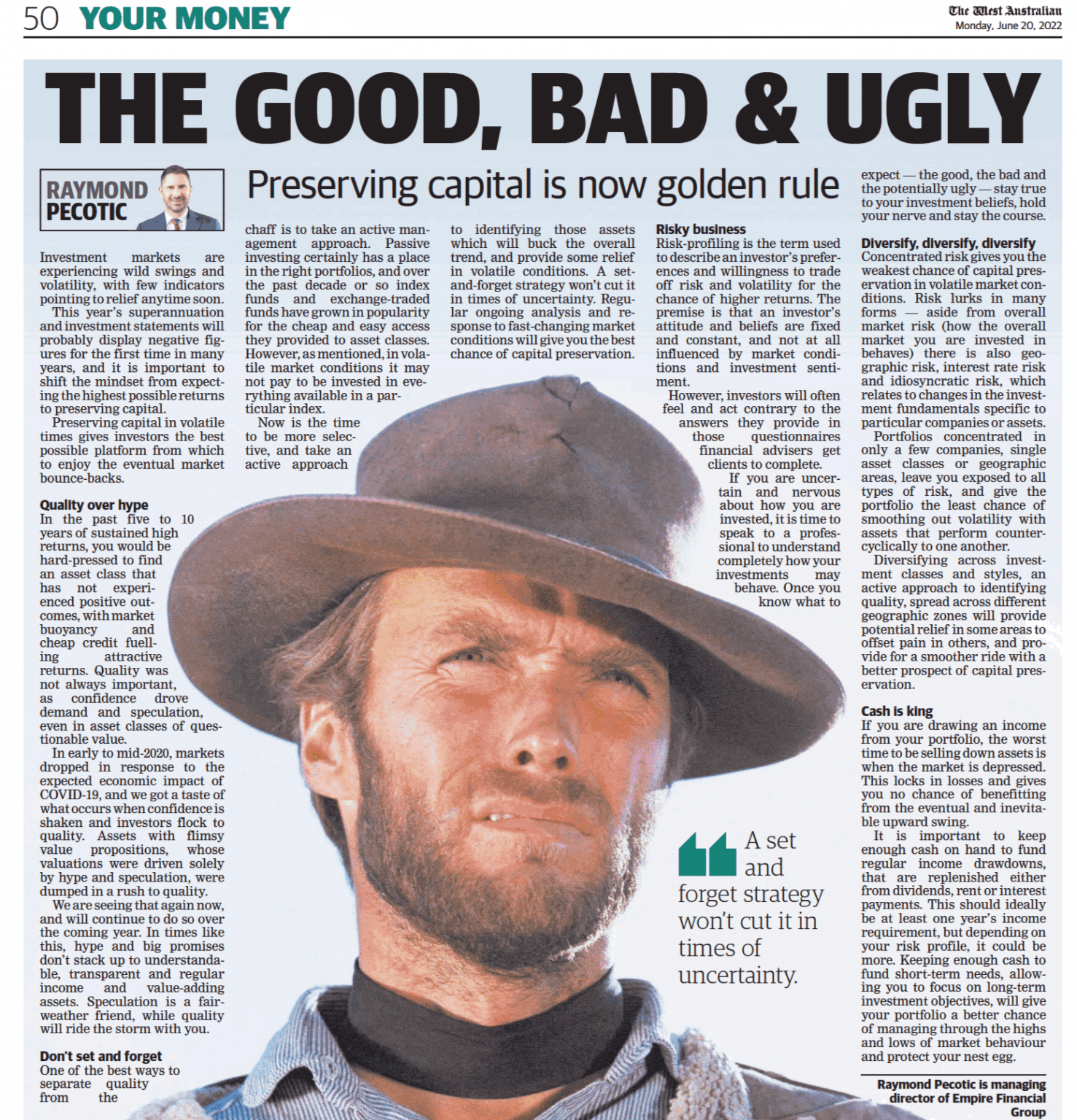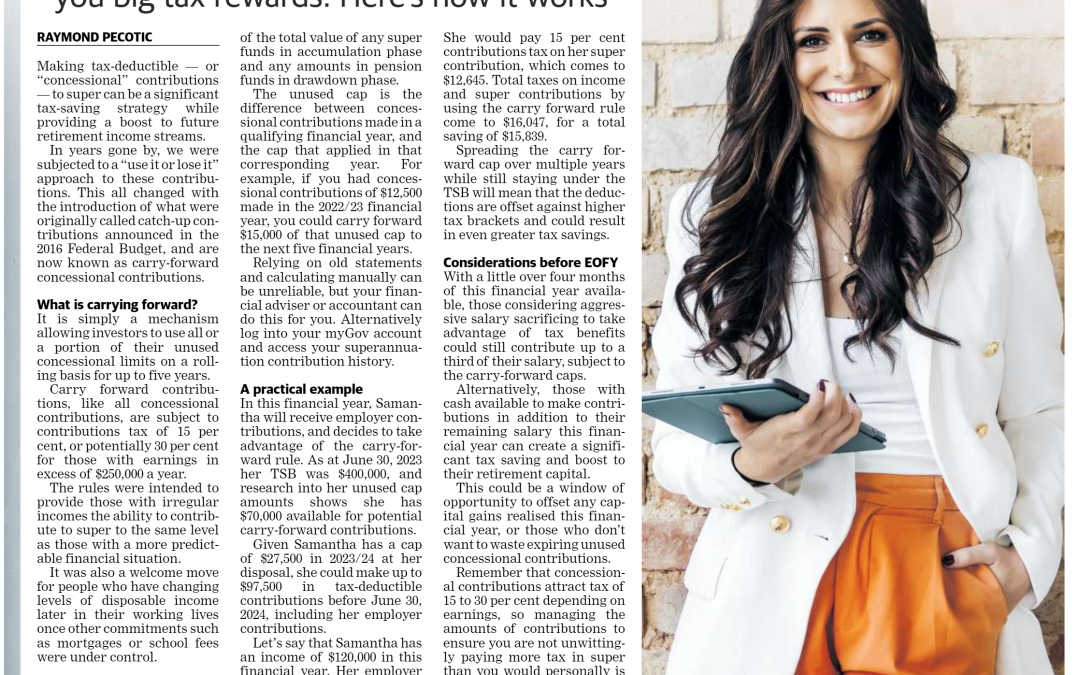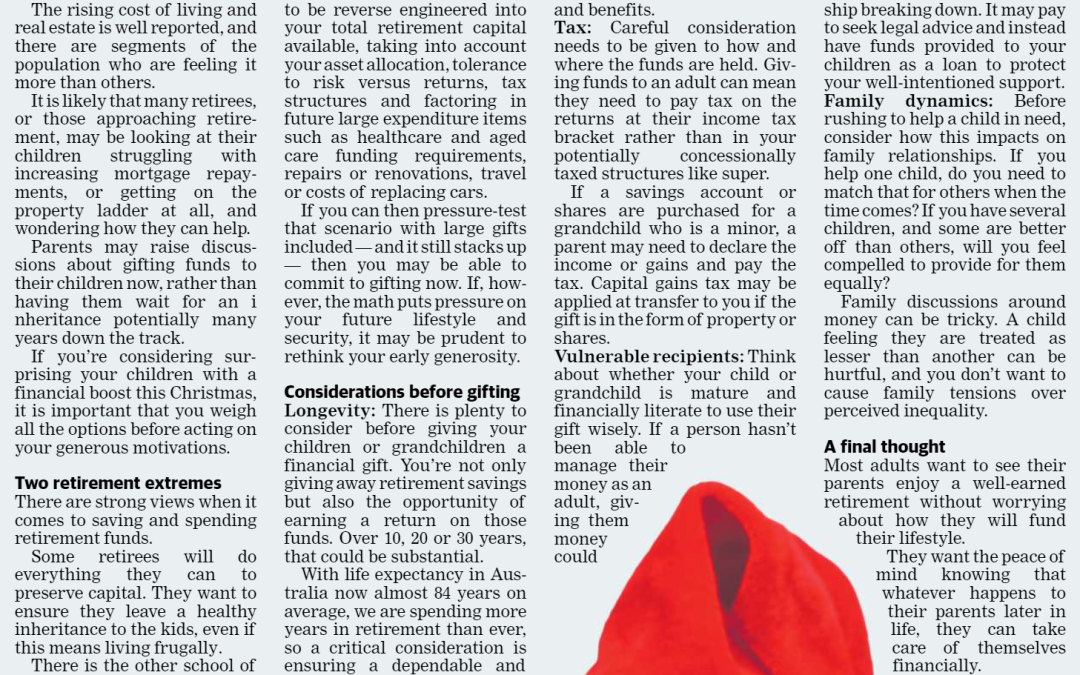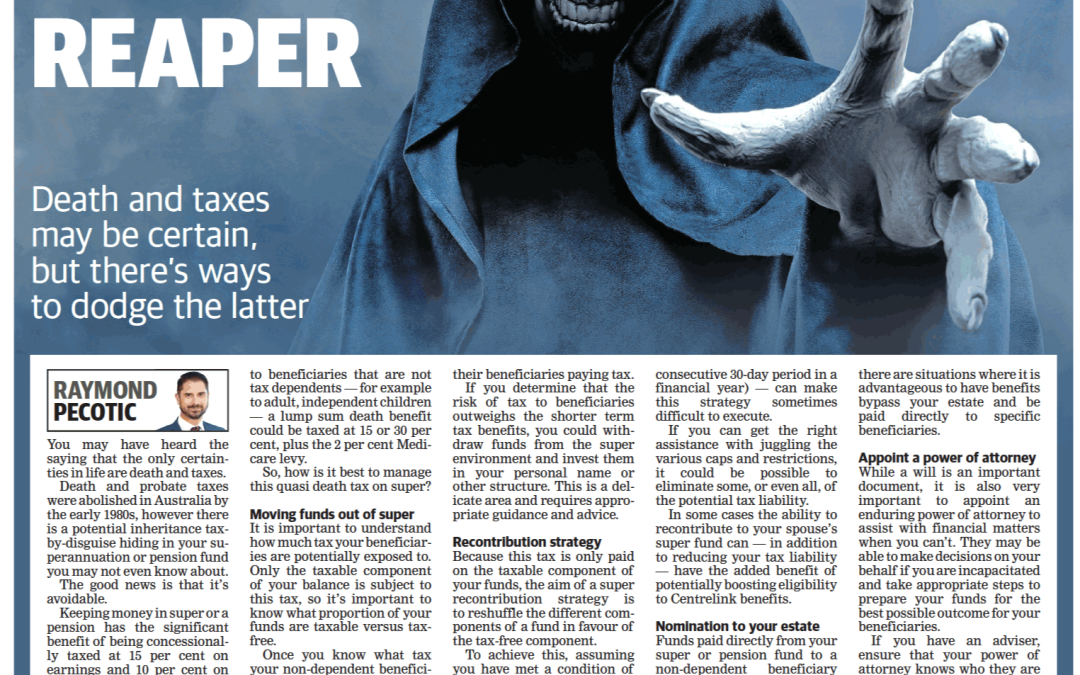Written by Raymond Pecotic, Managing Director, Empire Financial Group.
Article first appeared in The West Australian, Your Money, 20 June 2022.
Investment markets are experiencing wild swings and volatility, with few indicators pointing to relief anytime soon.
This year’s superannuation and investment statements will probably display negative figures for the first time in many years, and it is important to shift the mindset from expecting the highest possible returns to preserving capital.
Preserving capital in volatile times gives investors the best possible platform from which to enjoy the eventual market bounce-backs.
Quality over hype
In the past five to 10 years of sustained high returns, you would be hard-pressed to find an asset class that has not experienced positive outcomes, with market buoyancy and cheap credit fuelling attractive returns. Quality was not always important, as confidence drove demand and speculation, even in asset classes of questionable value.
In early to mid-2020, markets dropped in response to the expected economic impact of COVID-19, and we got a taste of what occurs when confidence is shaken and investors flock to quality. Assets with flimsy value propositions, whose valuations were driven solely by hype and speculation, were dumped in a rush to quality.
We are seeing that again now, and will continue to do so over the coming year. In times like this, hype and big promises don’t stack up to understandable, transparent and regular income and value-adding assets. Speculation is a fairweather friend, while quality will ride the storm with you.
Don’t set and forget
One of the best ways to separate quality from the chaff is to take an active management approach. Passive investing certainly has a place in the right portfolios, and over the past decade or so index funds and exchange-traded funds have grown in popularity for the cheap and easy access they provided to asset classes. However, as mentioned, in volatile market conditions it may not pay to be invested in everything available in a particular index.
Now is the time to be more selective, and take an active approach to identifying those assets which will buck the overall trend, and provide some relief in volatile conditions. A set and-forget strategy won’t cut it in times of uncertainty. Regular ongoing analysis and response to fast-changing market conditions will give you the best chance of capital preservation.
Risky business
Risk-profiling is the term used to describe an investor’s preferences and willingness to trade off risk and volatility for the chance of higher returns. The premise is that an investor’s attitude and beliefs are fixed and constant, and not at all influenced by market conditions and investment sentiment.
However, investors will often feel and act contrary to the answers they provide in those questionnaires financial advisers get clients to complete.
If you are uncertain and nervous about how you are invested, it is time to speak to a professional to understand completely how your investments may behave. Once you know what to expect — the good, the bad and the potentially ugly — stay true to your investment beliefs, hold your nerve and stay the course.
Diversify, diversify, diversify
Concentrated risk gives you the weakest chance of capital preservation in volatile market conditions. Risk lurks in many forms — aside from overall market risk (how the overall market you are invested in behaves) there is also geographic risk, interest rate risk and idiosyncratic risk, which relates to changes in the investment fundamentals specific to particular companies or assets.
Portfolios concentrated in only a few companies, single asset classes or geographic areas, leave you exposed to all types of risk, and give the portfolio the least chance of smoothing out volatility with assets that perform countercyclically to one another.
Diversifying across investment classes and styles, an active approach to identifying quality, spread across different geographic zones will provide potential relief in some areas to offset pain in others, and provide for a smoother ride with a better prospect of capital preservation.
Cash is king
If you are drawing an income from your portfolio, the worst time to be selling down assets is when the market is depressed. This locks in losses and gives you no chance of benefitting from the eventual and inevitable upward swing.
It is important to keep enough cash on hand to fund regular income drawdowns, that are replenished either from dividends, rent or interest payments. This should ideally be at least one year’s income requirement, but depending on your risk profile, it could be more. Keeping enough cash to fund short-term needs, allowing you to focus on long-term investment objectives, will give your portfolio a better chance of managing through the highs and lows of market behaviour and protect your nest egg.
Raymond Pecotic is managing director of Empire Financial Group



